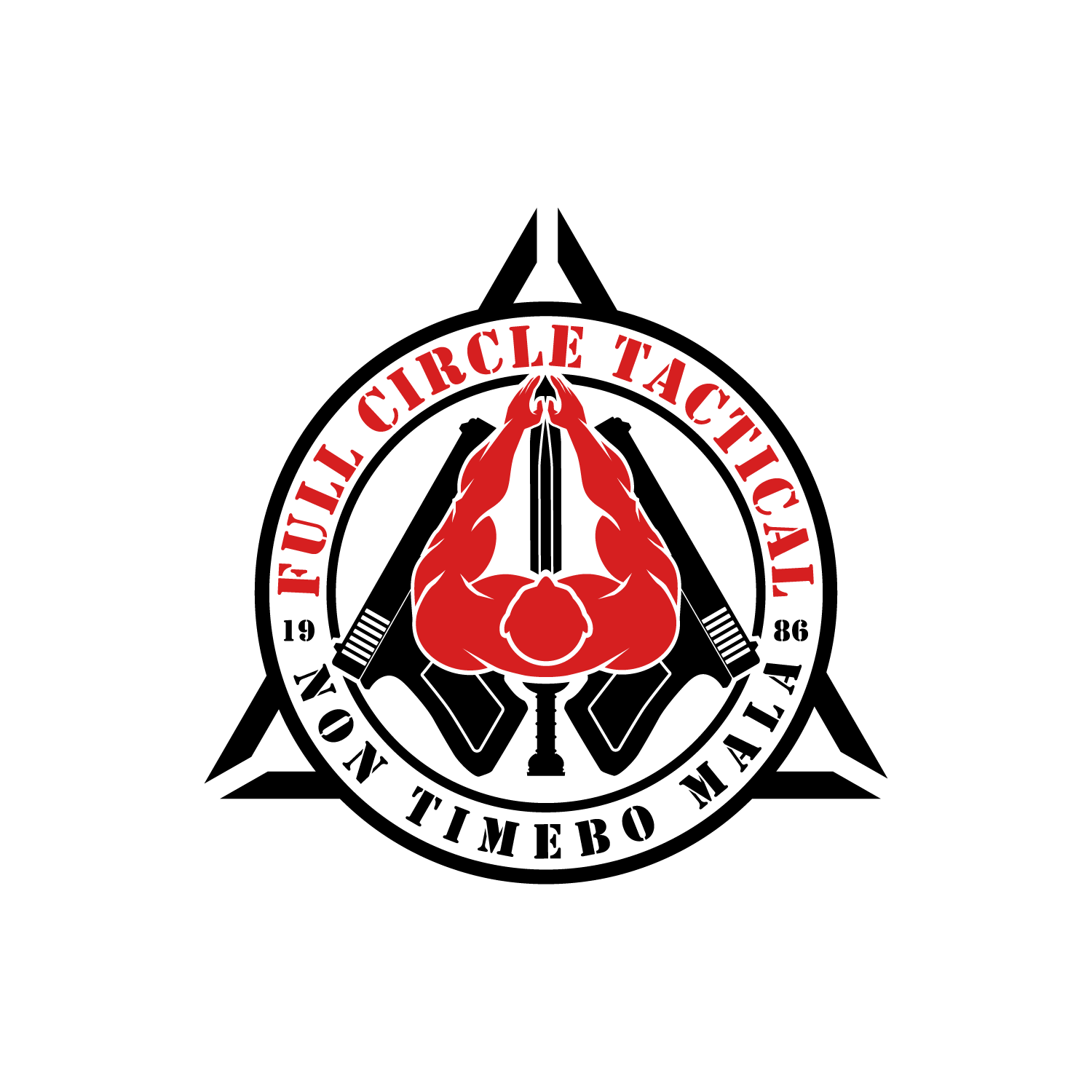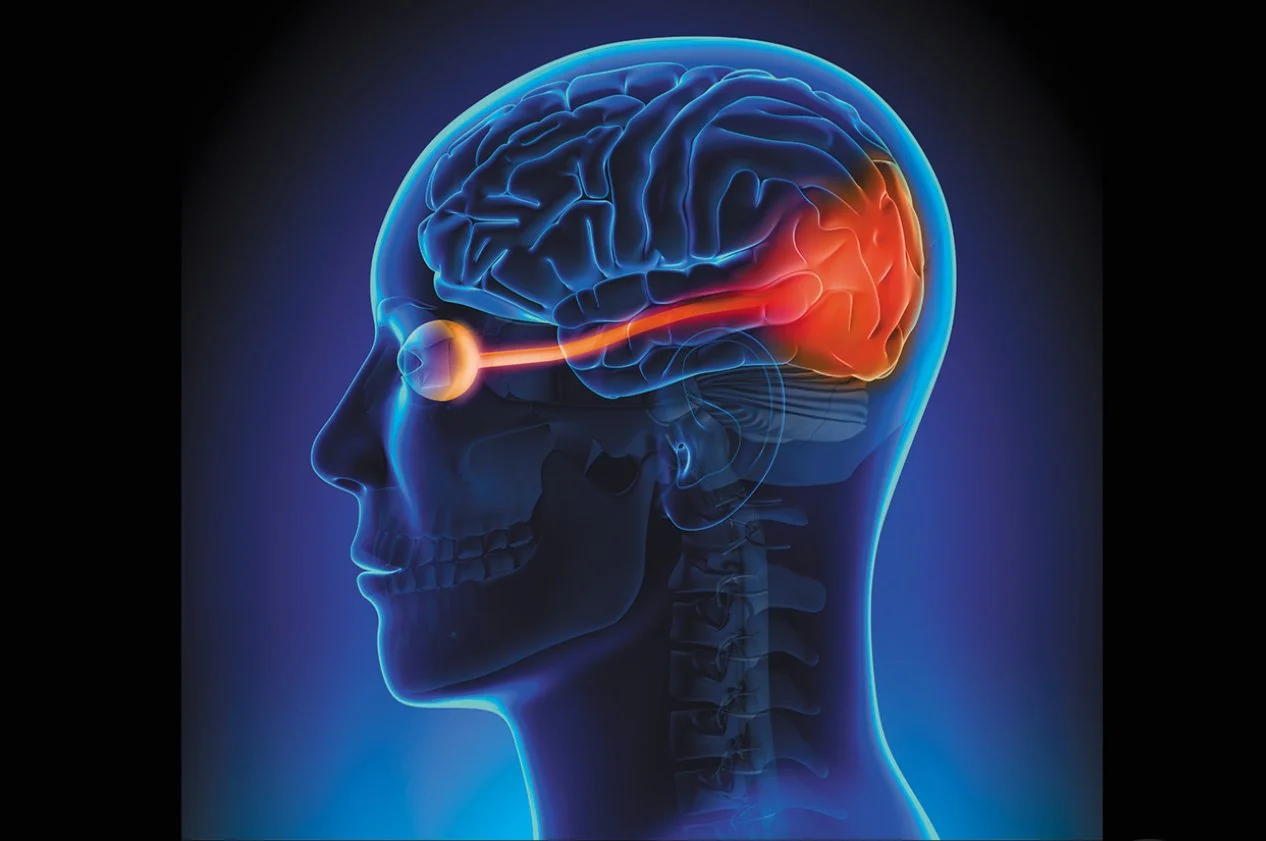Quiet Eye and shooting
Watching an expert shooter is like watching an artist in action - you may not be able to do it, but you can certainly recognize the artistry when you see it. Thanks to the internet, we have an abundance of examples of top shooters, both in the tactical and competitive arenas, but what sets these experts apart? Are they more athletic than us? Do they have better genes? Or is it their $9000 custom guns? The answer is no, no, and give me their gun so I can find out!
The real difference between experts in almost any high-skill athletic field is their quiet eye - a final fixation on a location within 3 degrees of visual angle for a minimum of 100ms (Vickers, 1996). In simpler terms, this is the final settling of the gaze just before taking the final action - such as staring at the rim as you raise the ball to shoot in free throw shooting, or staring at the suspect's weapon as you draw your weapon, ready to fire in the tactical realm.
Quiet eye has been studied in the sports arena for years, and only recently has it been applied to the tactical world. A meta-analysis by Mann, Williams, and Ward (2007) found that a longer quiet eye duration was one of three predictors of perceptual-motor expertise.
Every motor task requires a crucial moment when the individual must fixate on or track certain task information before making a critical final movement. If you've ever heard a coach tell a little leaguer to 'keep their eye on the ball', then you have a basic understanding of how the quiet eye works.
But how does this concept apply to gunfighting? This was recently investigated in a study by Force Sciences Institute.Click on the picture if you want to dive more into this incredible research.
https://www.ileeta.org/wp-content/uploads/2021/07/ILEETA-Journal-2nd-Edition-Spring-2021.pdf

